When one thinks of Coney Island, several iconic features come to mind—the Cyclone roller coaster, Nathan’s Famous hot dogs, and of course, the annual Mermaid Parade. While each year’s parade has its unique flavor, 1989 was a year that encapsulated a shifting tide in culture, politics, and social dynamics.
In 1989, New York City was undergoing considerable transformation. The Wall Street boom of the ’80s had started to wane, and Mayor Ed Koch was exiting after a long, sometimes controversial tenure. The parade mirrored the city’s zeitgeist, serving as an avenue for New Yorkers to either escape the burgeoning challenges or confront them head-on, through artistry and satire.
Counter-Culture in the Limelight
The late ’80s marked the zenith of various counter-cultural movements in New York, from punk rock to hip-hop. These subcultures were highly visible in the 1989 Mermaid Parade, both in the costumes and the accompanying music. Floats featured a blend of these cultural elements, creating a pastiche that was distinctively “New York” in its eclectic nature.
Activism on the Boardwalk
The year 1989 was also crucial for social activism, with the AIDS crisis and gay rights being at the forefront of public discussion. In the Mermaid Parade, activists found an open platform to express their cause. It was not uncommon to see parade participants sporting insignia or placards advocating for AIDS awareness, merging activism with the parade’s traditional levity.
Technological Tint
Though the internet was not yet in public use, the technological innovations of the ’80s were starting to influence daily life. For the first time, participants and spectators used personal camcorders to document the event, paving the way for the importance of media in capturing and propagating the essence of the Mermaid Parade in the years to come.


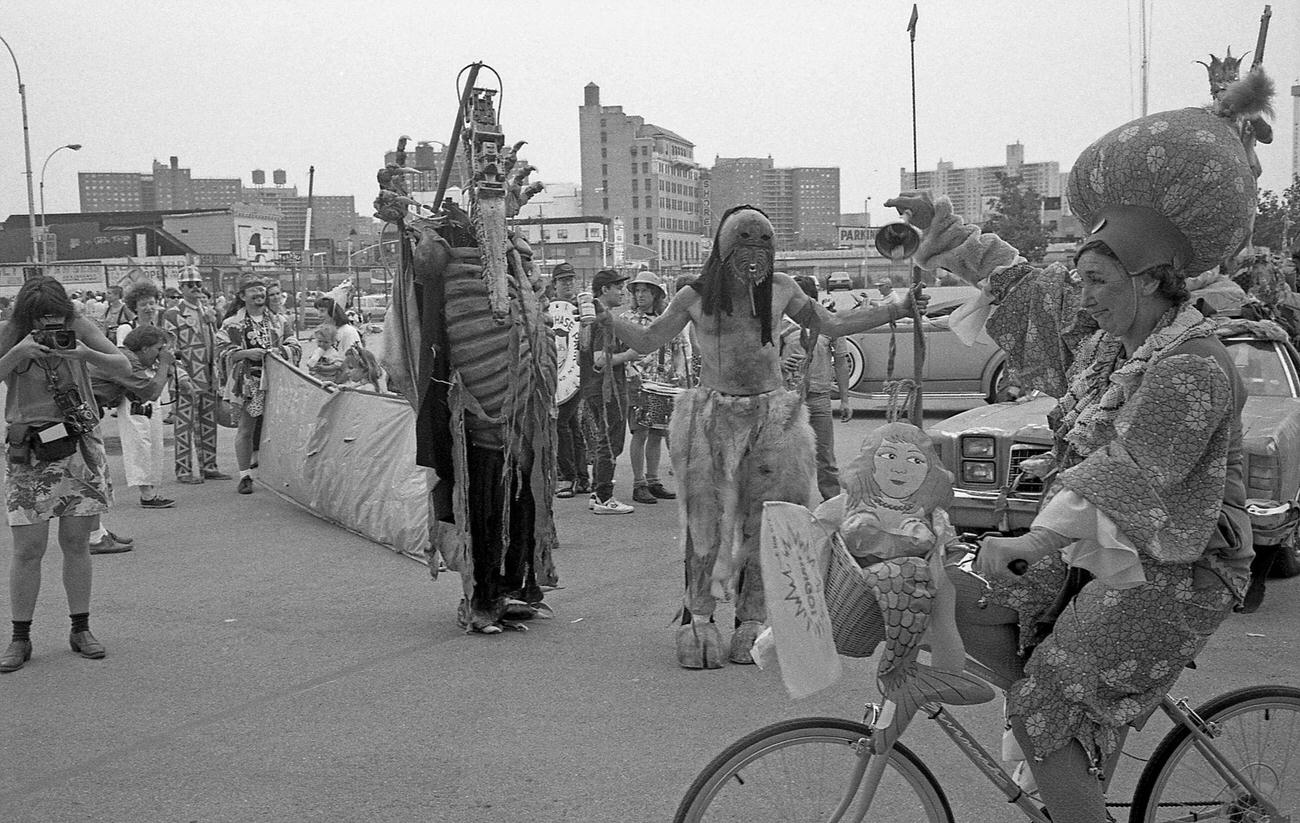
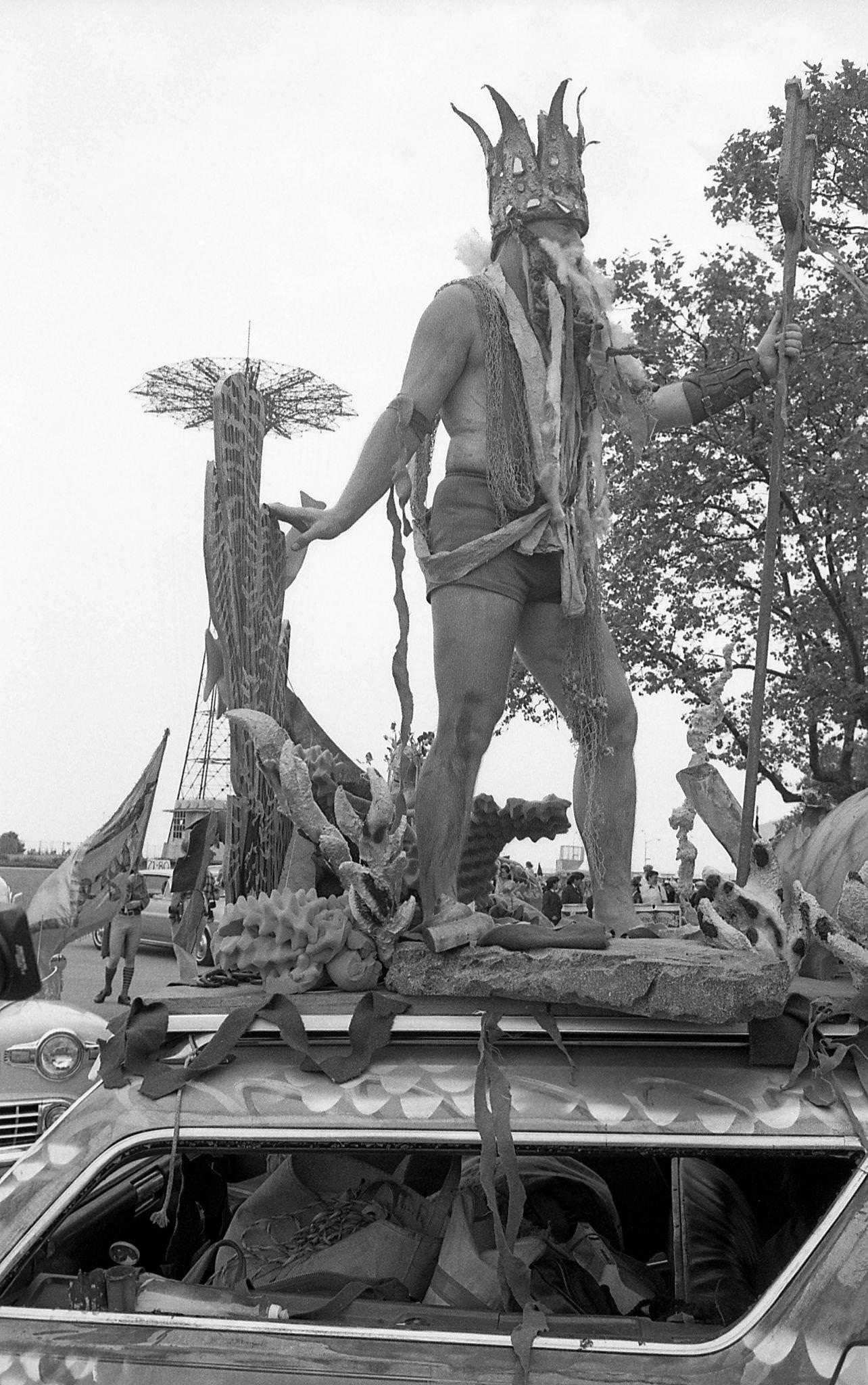
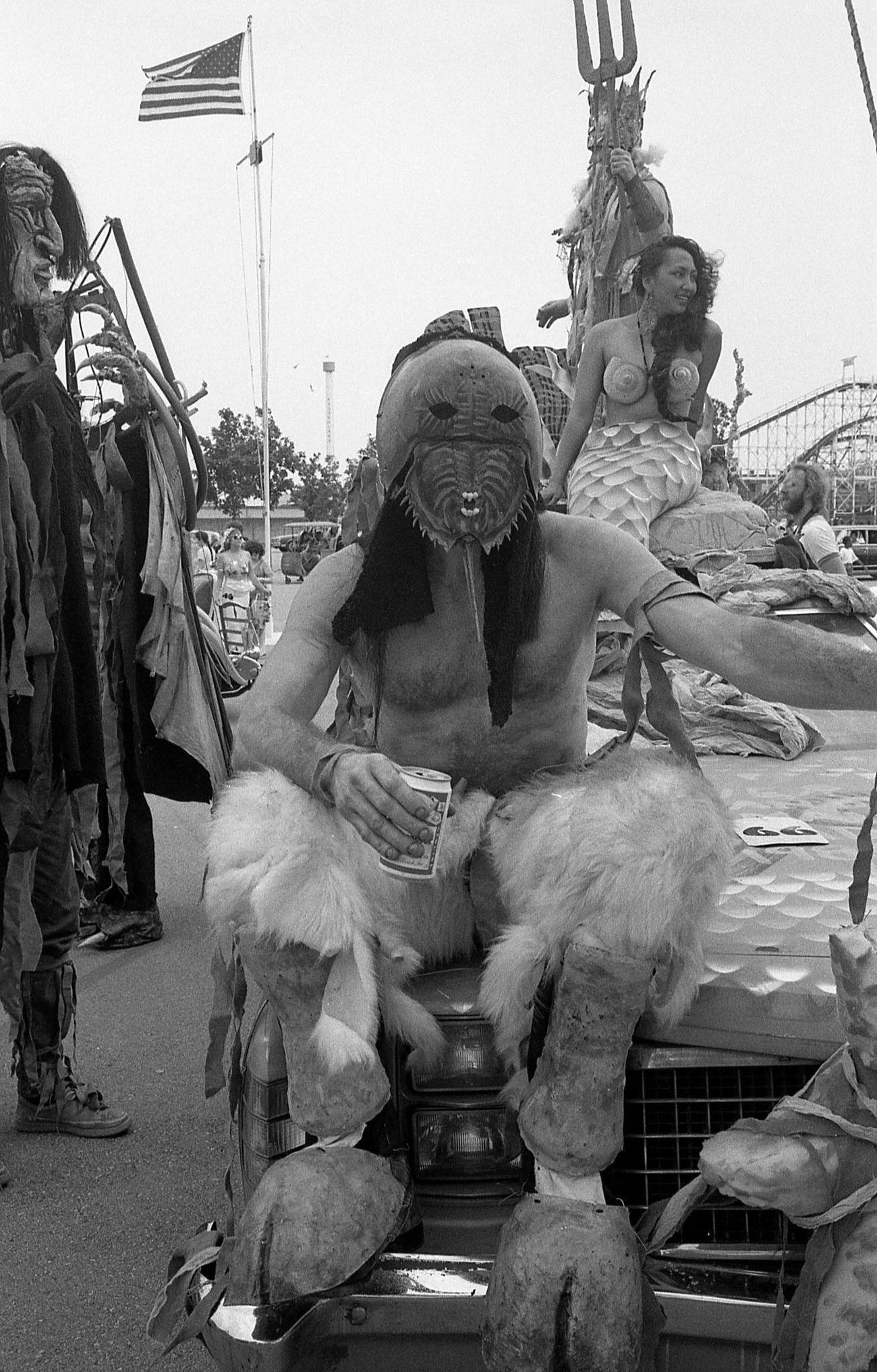
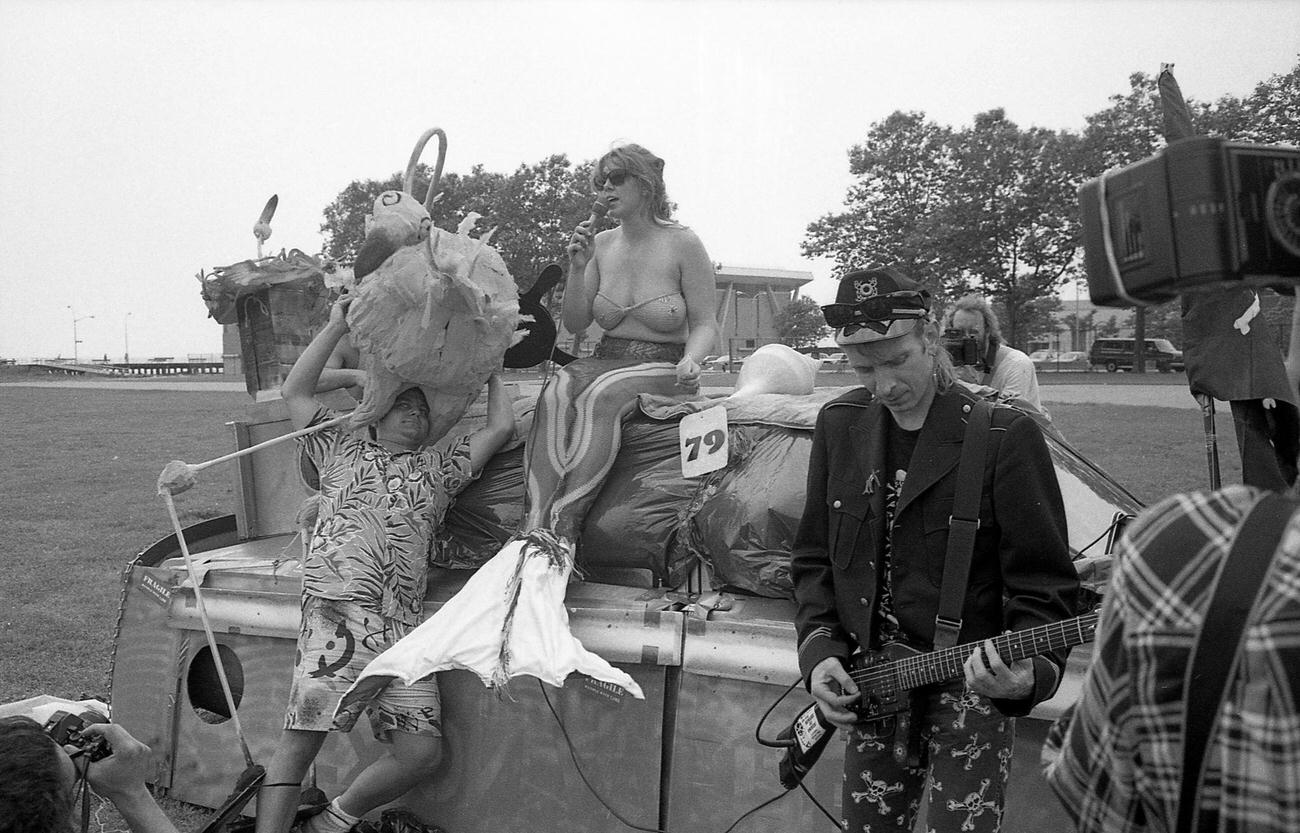
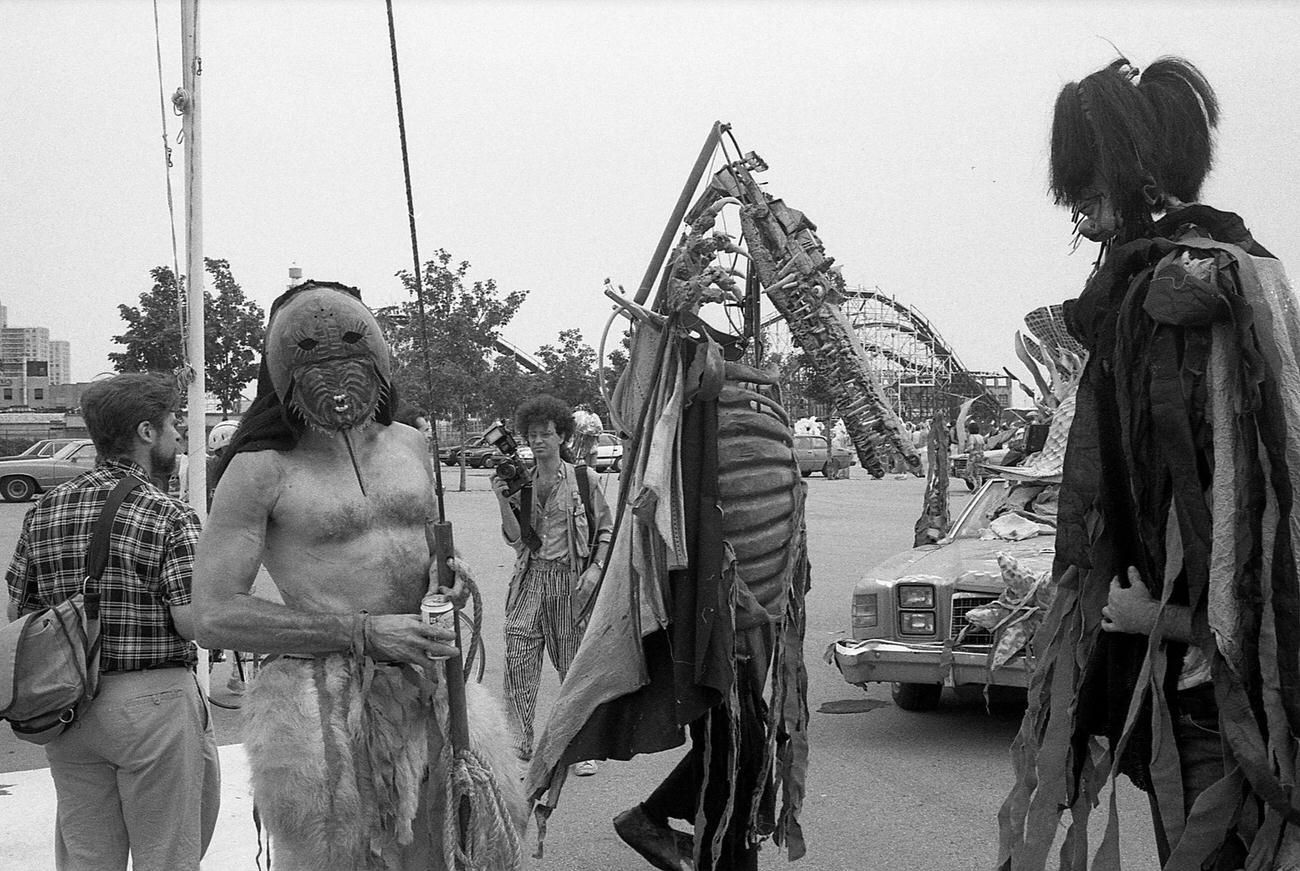
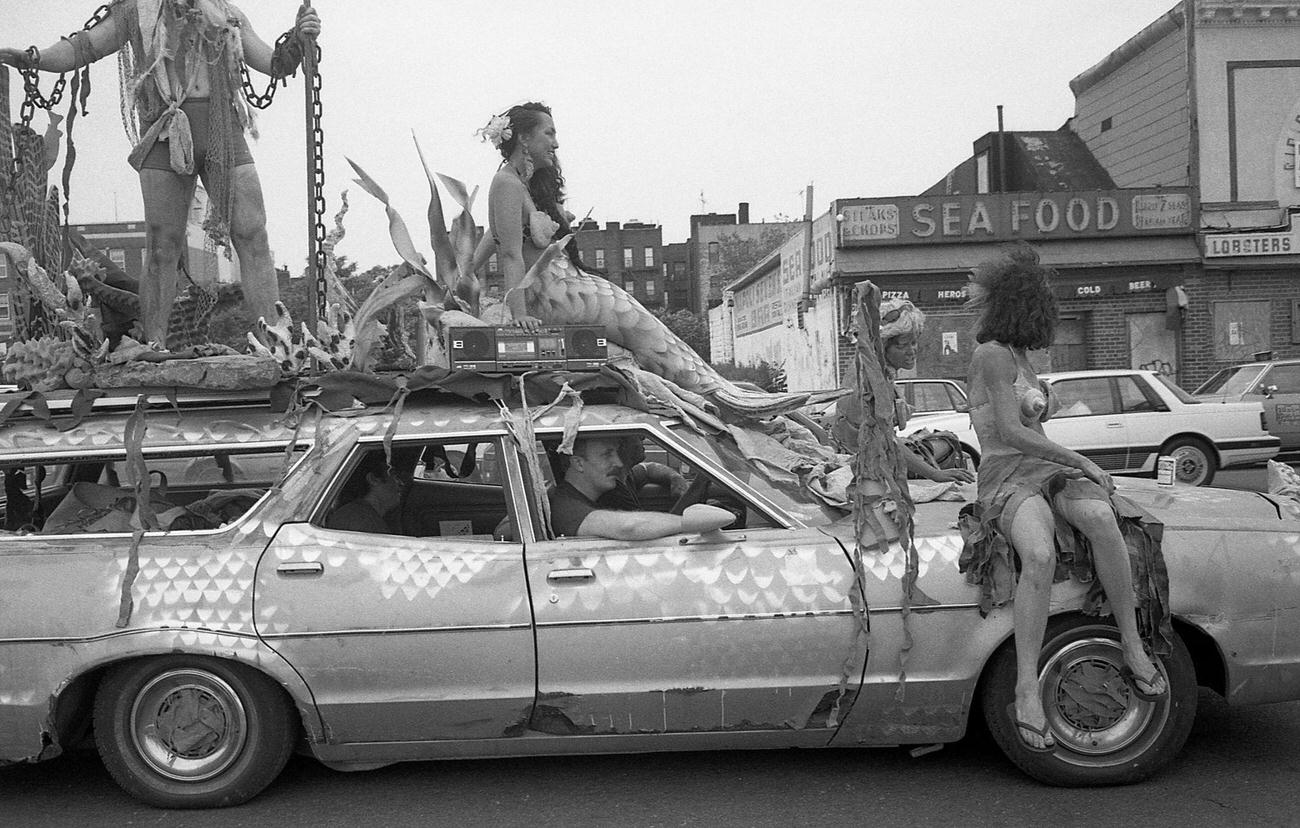
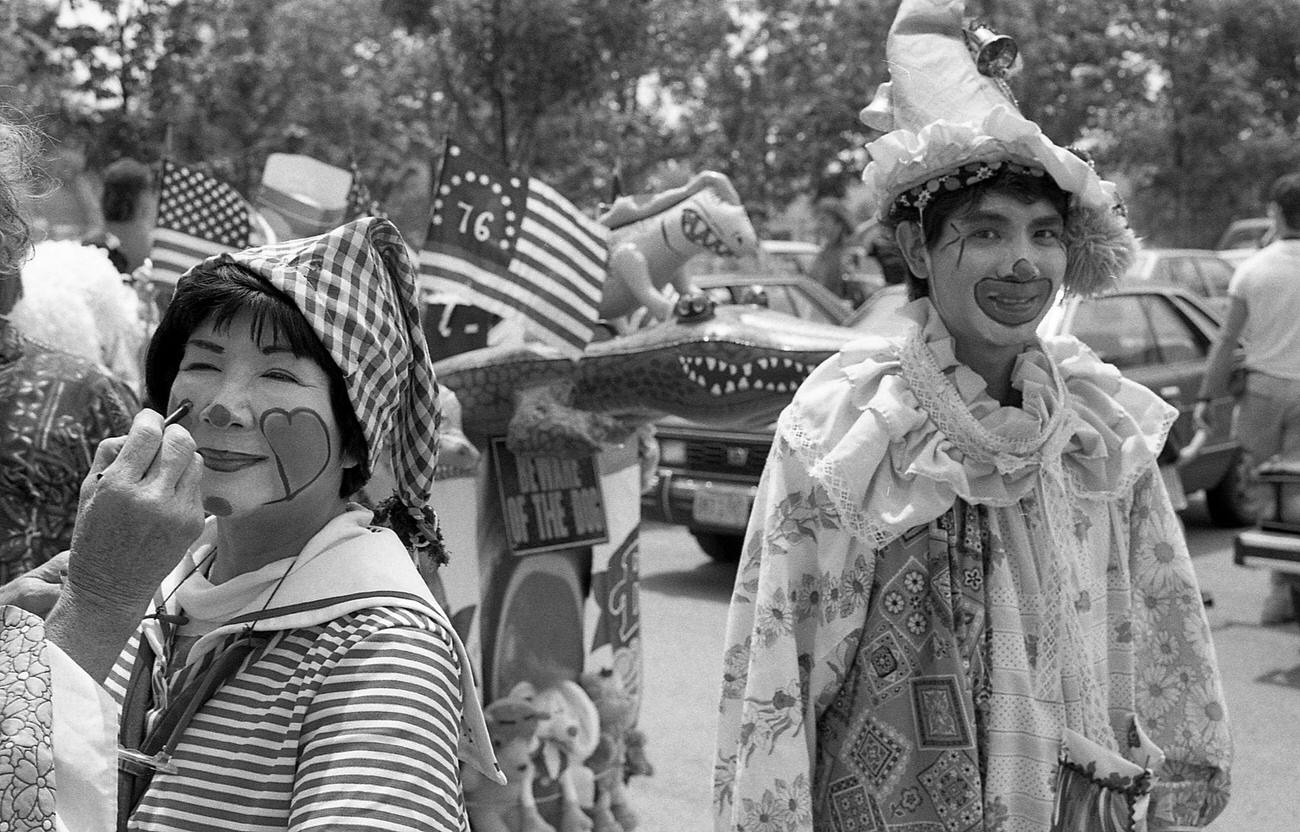
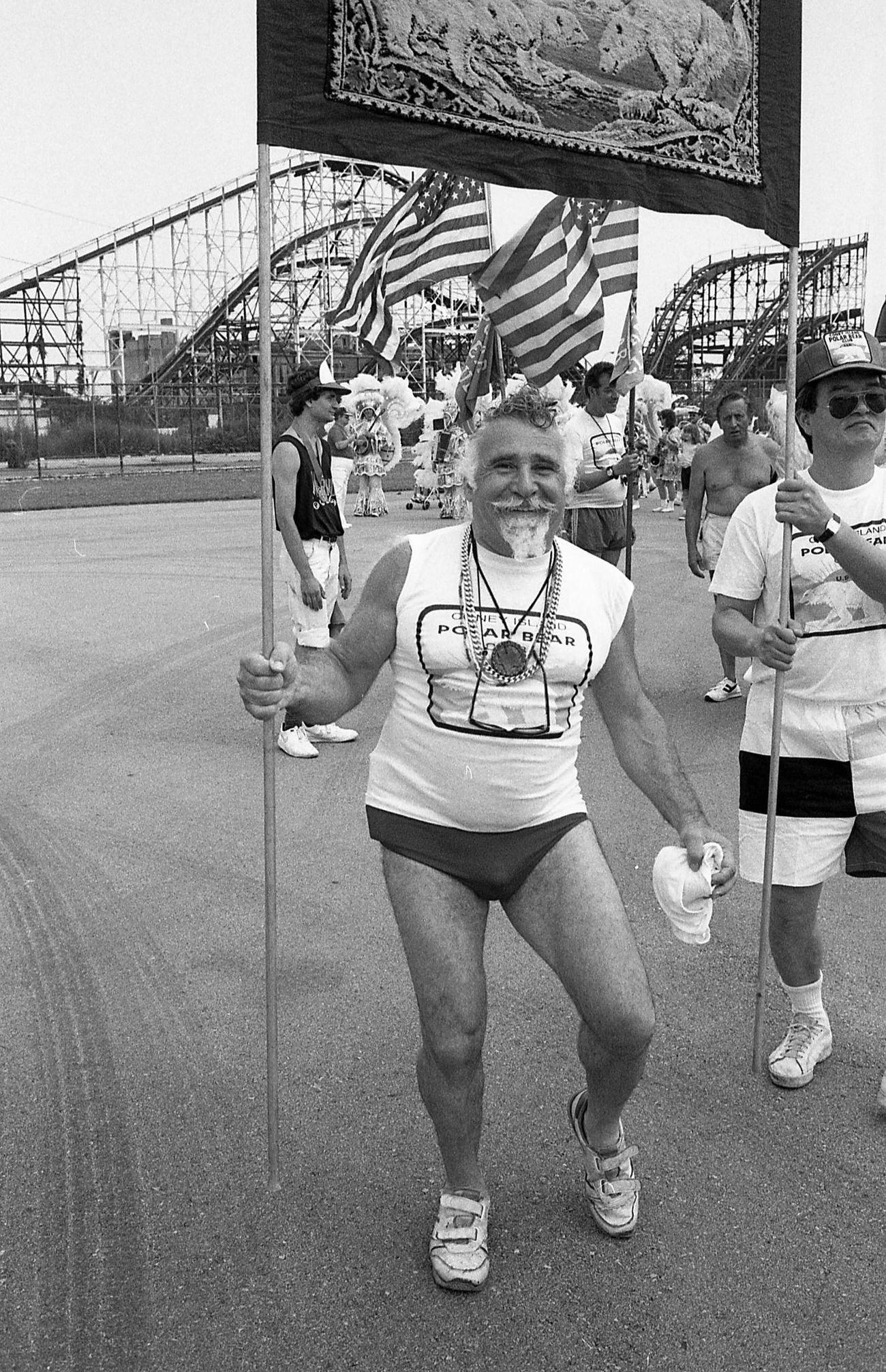
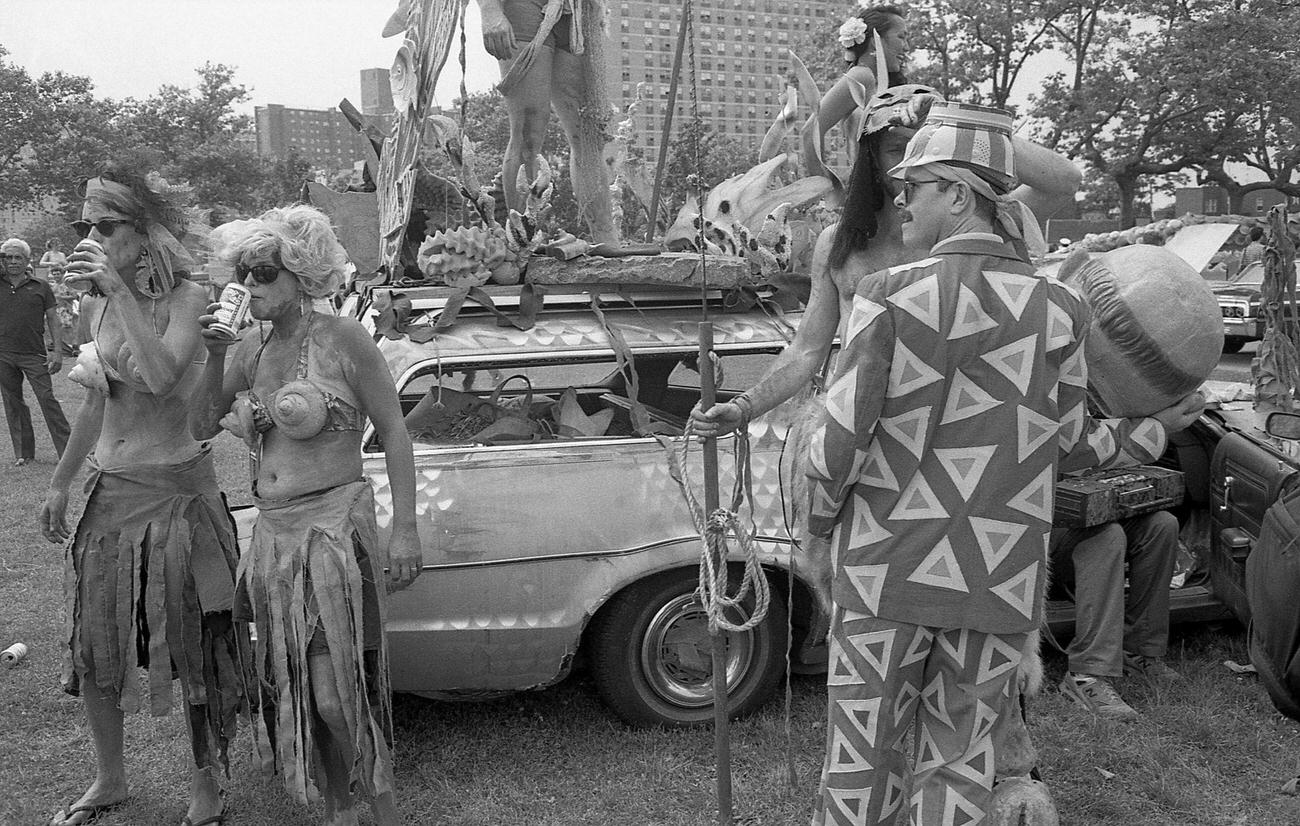
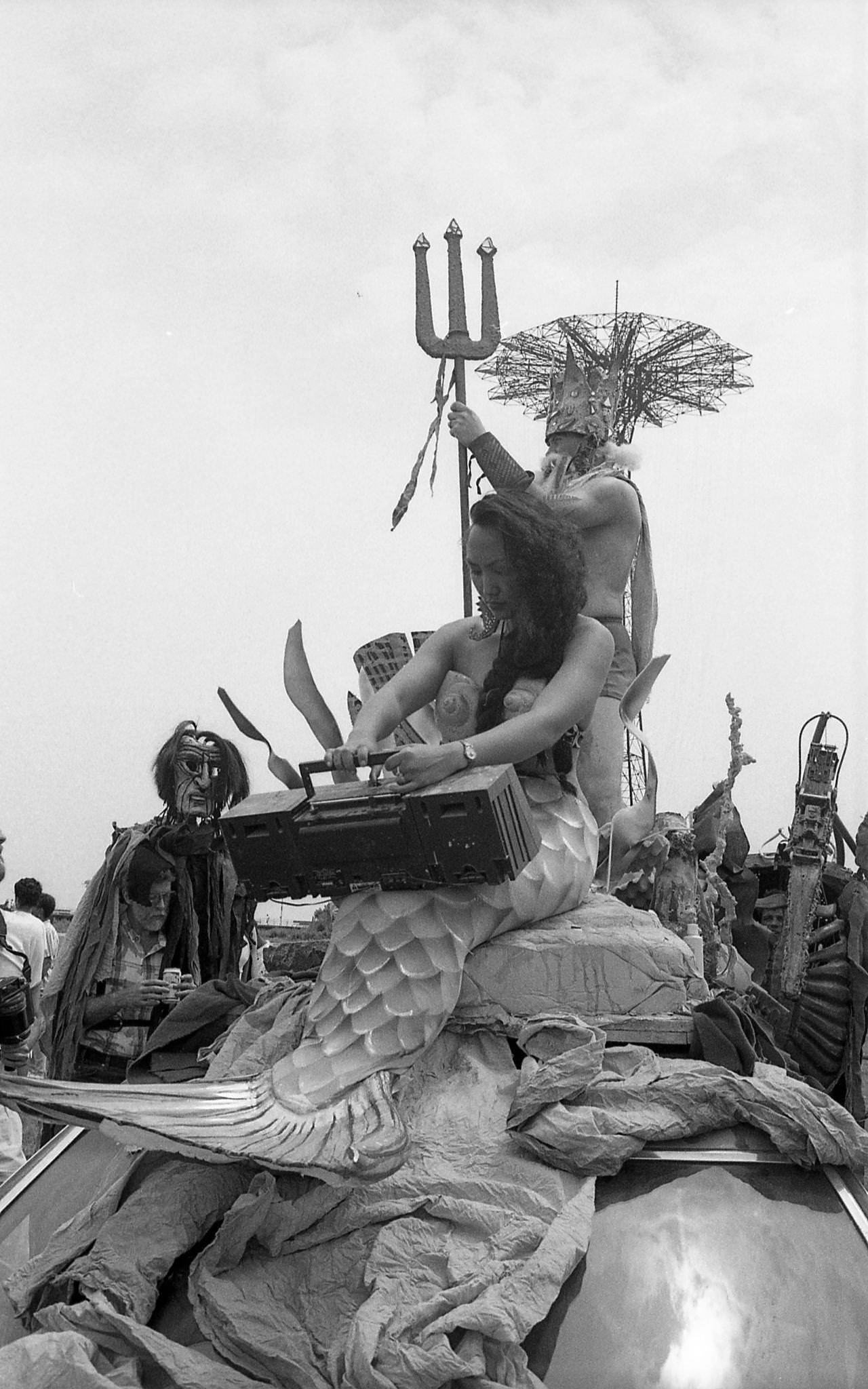
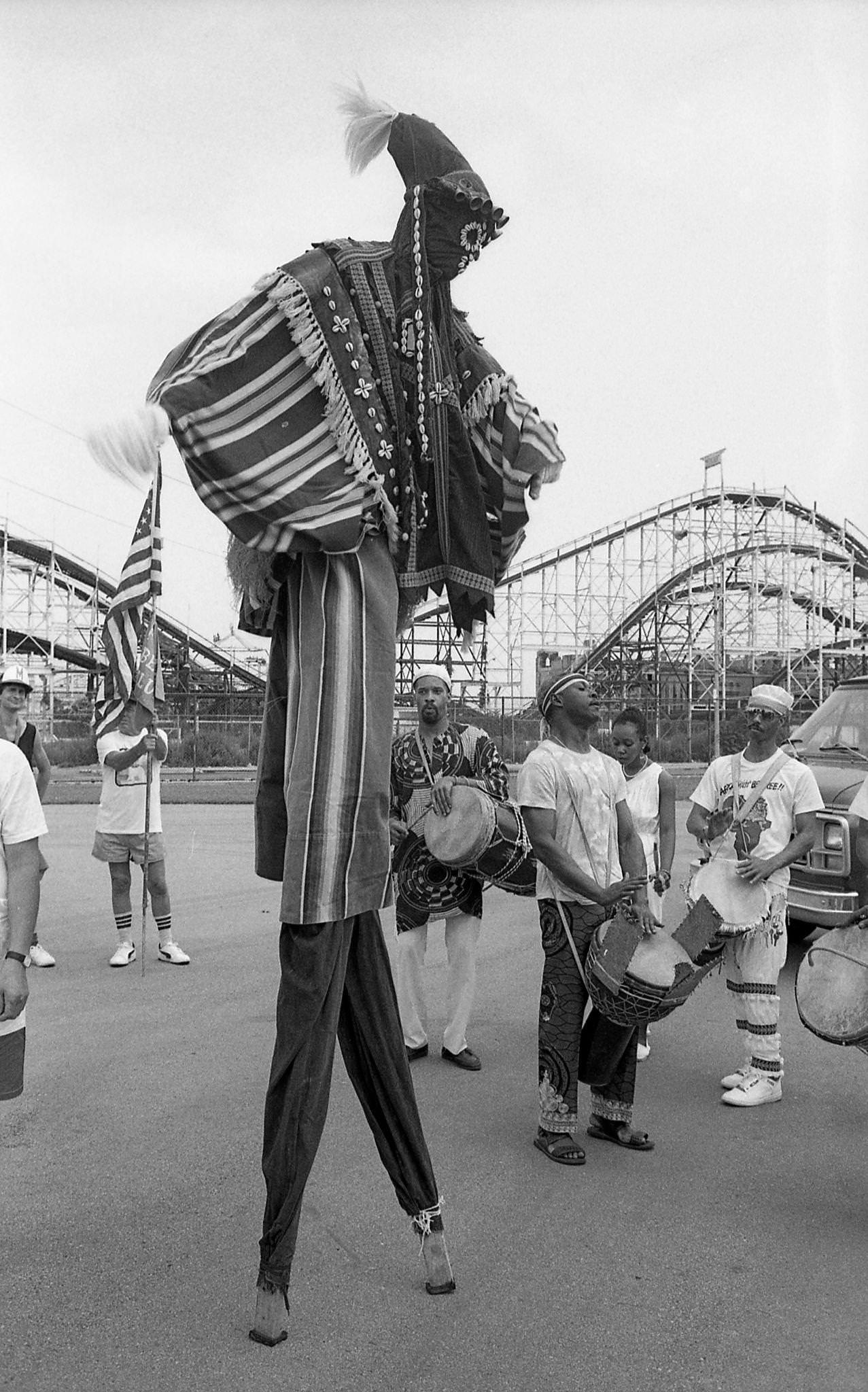
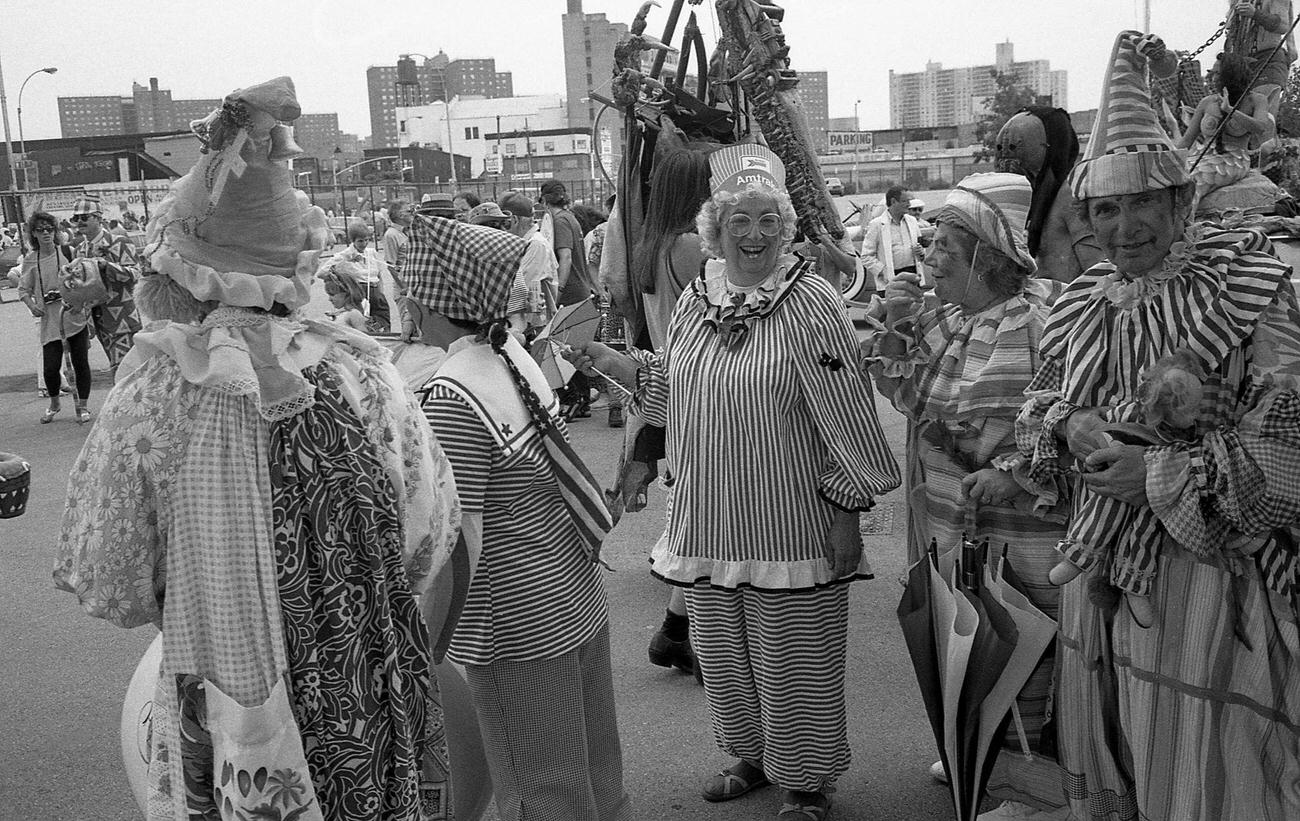
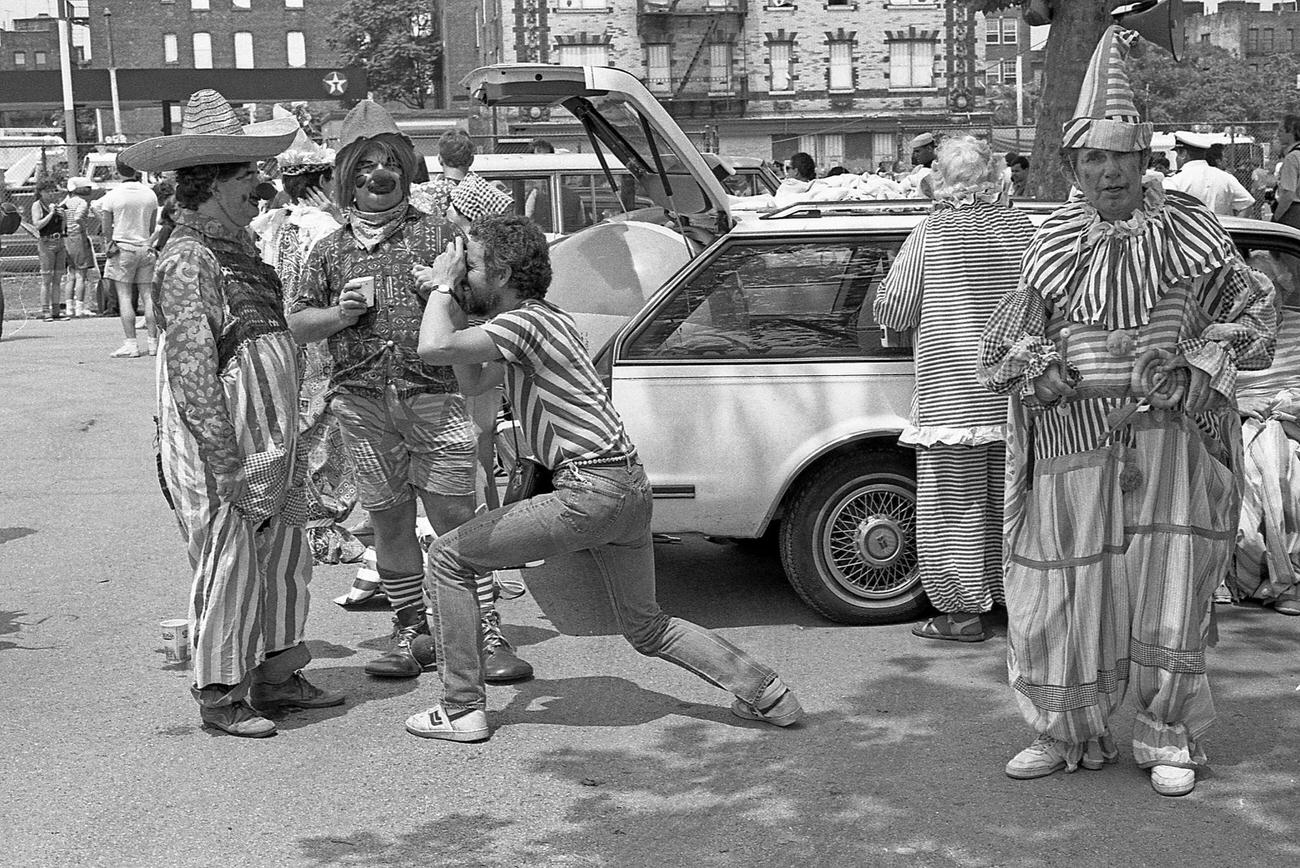
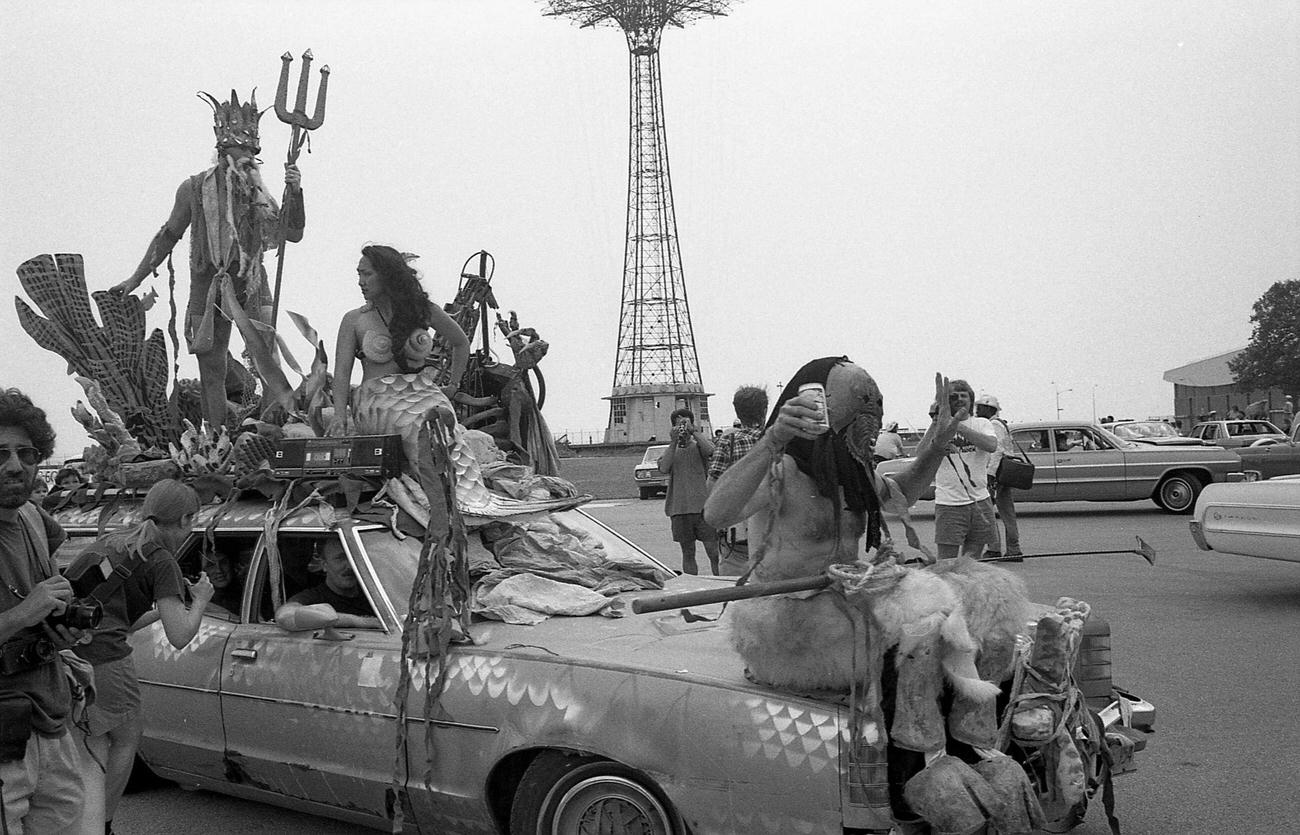
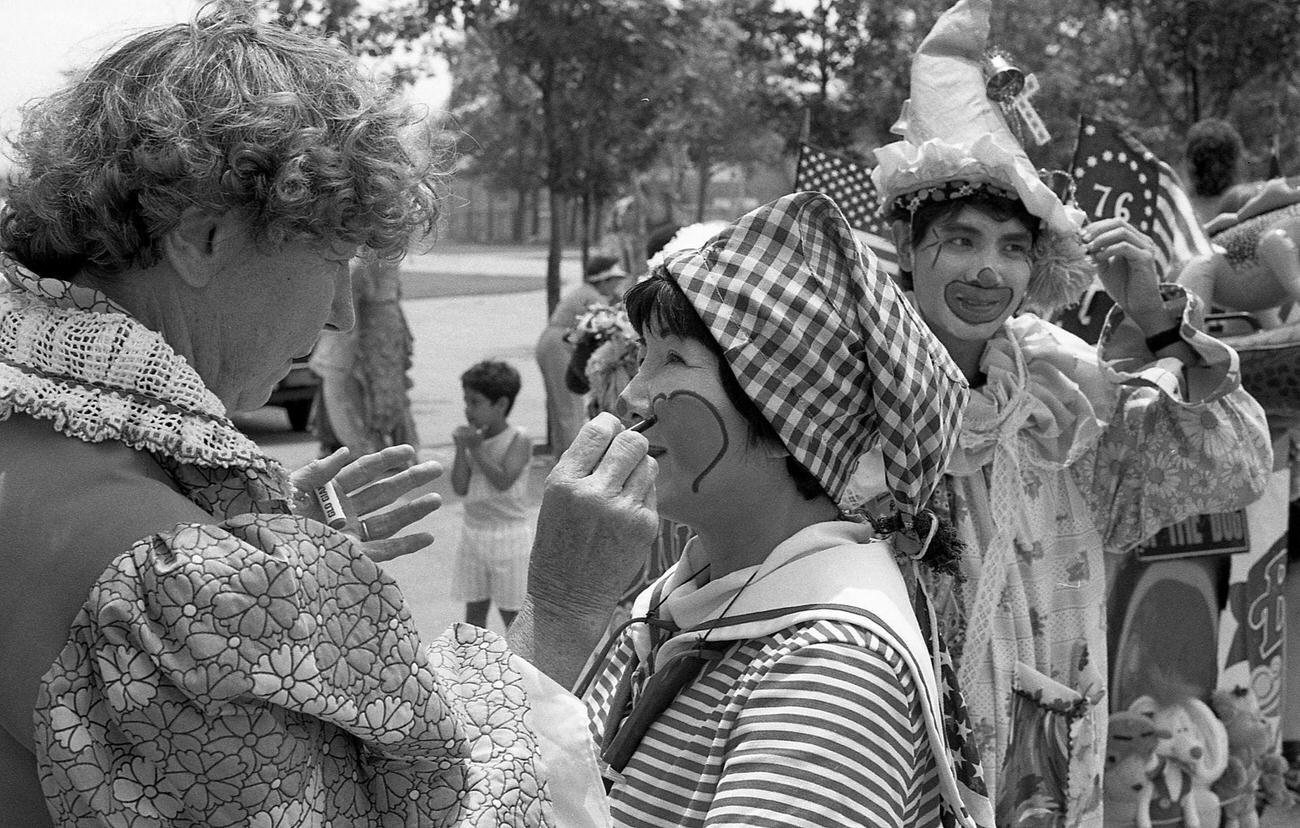
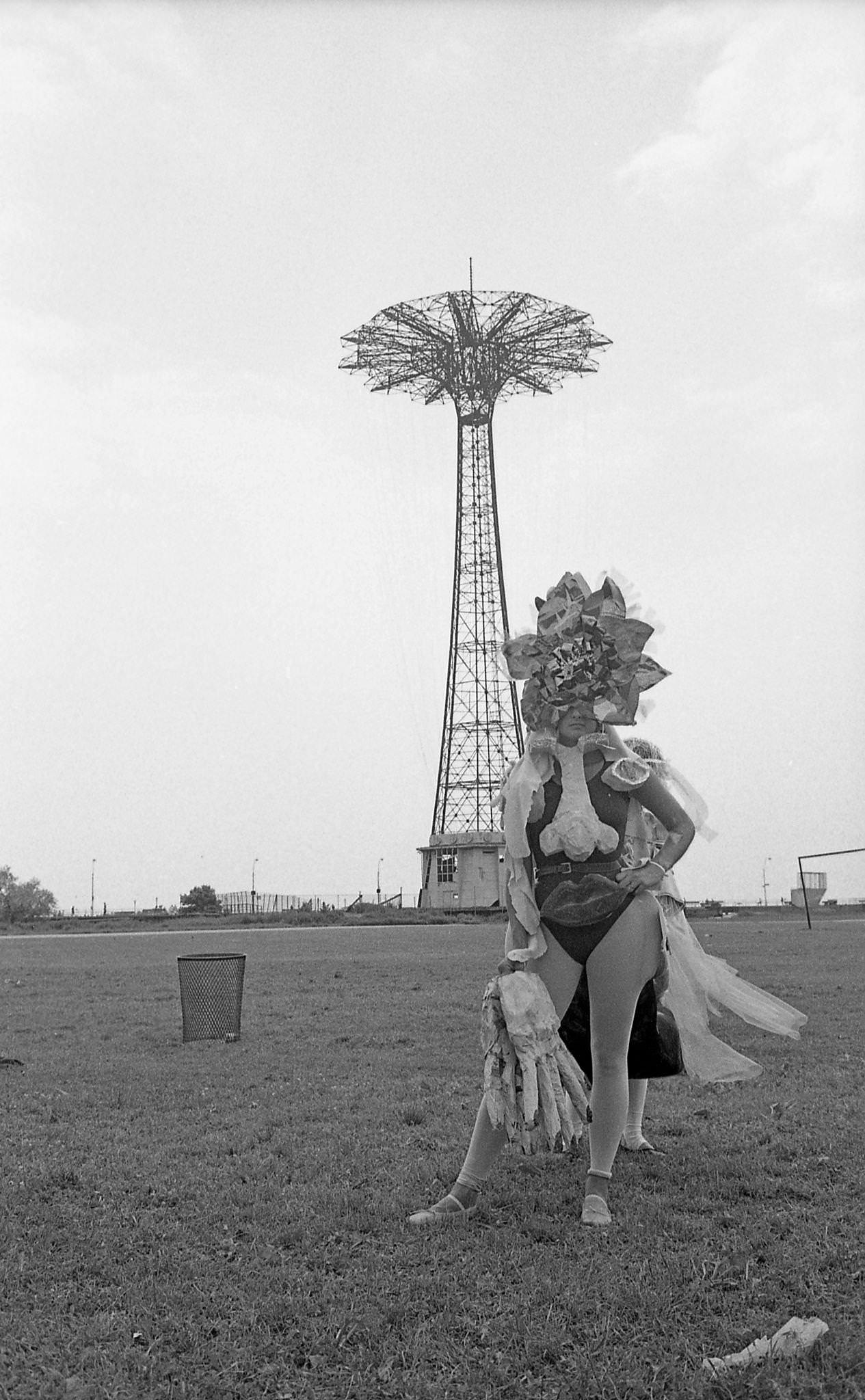

GIPHY App Key not set. Please check settings